Due to incorrect settings of the sensors, the crew had no chance
Incorrect installation of the on-board sensors of the Sukhoi Superjet aircraft by the aircraft plant specialists caused an automation failure, while the crew could not do anything , the plane crash was inevitable. A source in the aviation industry told MK about this on condition of anonymity, commenting on the version that appeared in the media on July 16 about the causes of the Superjet crash in the Moscow region on July 12.
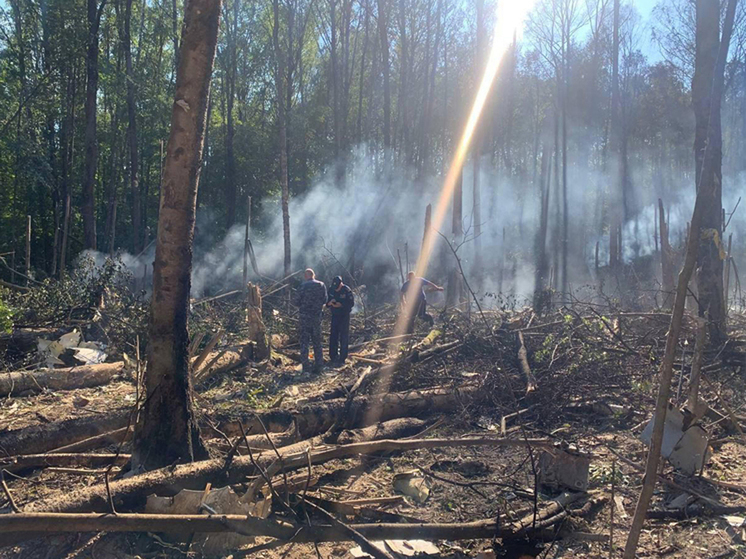 Photo: Telegram channel of Alexander Grechishchev
Photo: Telegram channel of Alexander Grechishchev
A number of media outlets, citing sources in the aviation industry, reported that at the Lukhovitsky plant, where the Superjet aircraft was being repaired, two of the four angle of attack sensors were installed incorrectly. The error was not detected during double control of operations. It is noted that this is still a preliminary version, and not the final conclusion of the commission.
It is known that the plane took off from the Tretyakovo airfield, asked the dispatcher for permission to climb to an altitude of 10 thousand feet (about 3 km) and go to the Vnukovo zone, and received this permission. However, soon after this, at approximately 11:58 Moscow time, communication with the aircraft was interrupted. It later became known that he had fallen. Two crew members and a steward were killed.
As an experienced pilot told MK, with such a technical malfunction, events on board most likely developed as follows: the pilots began to climb with a maximum angle of attack. In other words, holding your nose up. However, there are limitations for this flight mode: the angle of attack cannot be excessively large, since in this position the lift force on the aircraft wing is sharply reduced. At some point, it may decrease to such an extent that the aircraft stalls. This is when the nose of the plane pecks down and the aircraft begins to dive.
To prevent this from happening, the on-board automation warns the pilot about a dangerous mode and an unacceptable angle of attack. In this case, the pilot or automation, relatively speaking, releases the steering wheel away from him (in the cockpit of a “superjet” there is a joystick-sidestick instead of a steering wheel), the plane is leveled, the lifting force increases, and the flight continues.
< p>However, in the case of the ill-fated Superjet, the automation was misled by incorrectly installed angle of attack sensors and did not issue any warnings. On the contrary, it further intensified the pilot error and sent the plane toward the ground.
As the MK pilot said, the crew at such a low altitude and at such a low speed had practically no time to recognize an automatic error and something undertake. Any manipulations with the controls would not help.




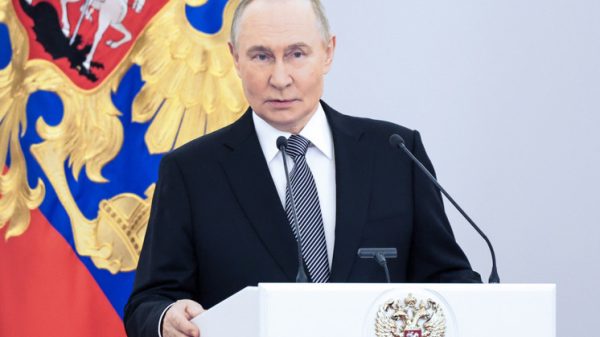


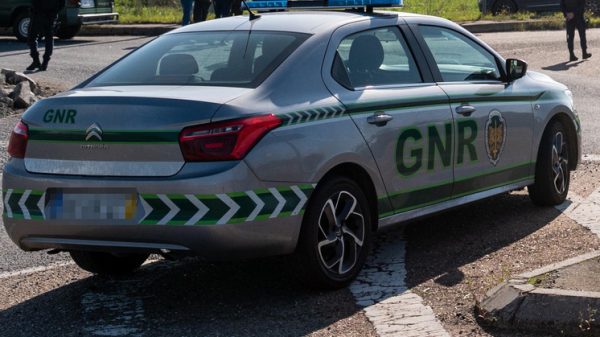
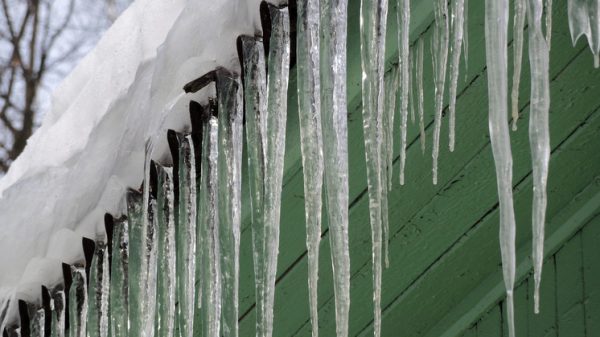
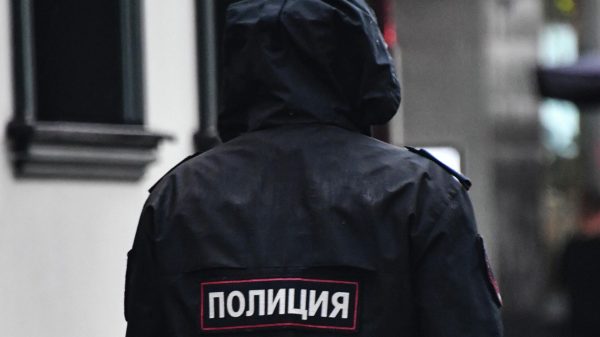
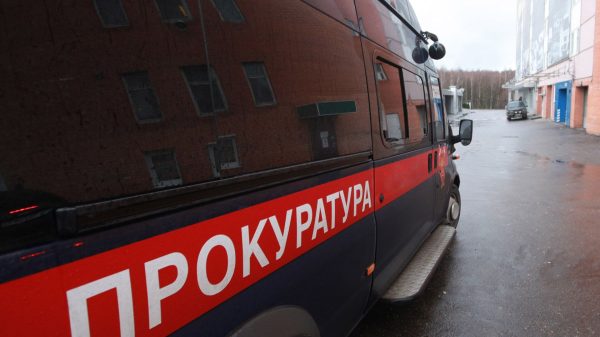


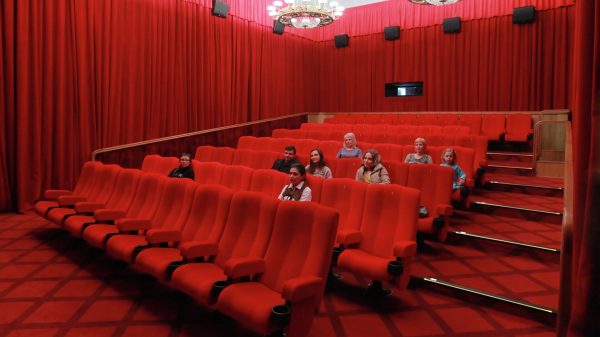

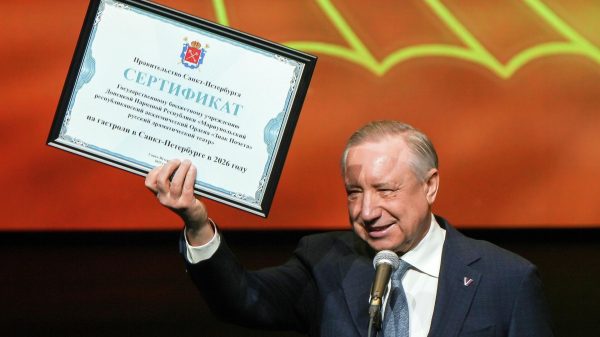





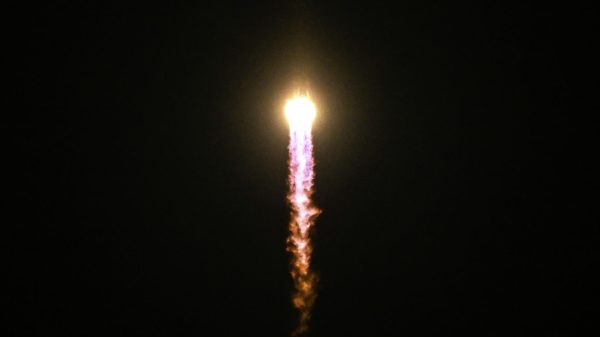













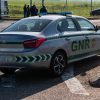
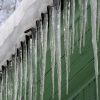

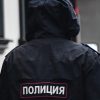
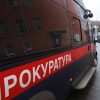













Свежие комментарии